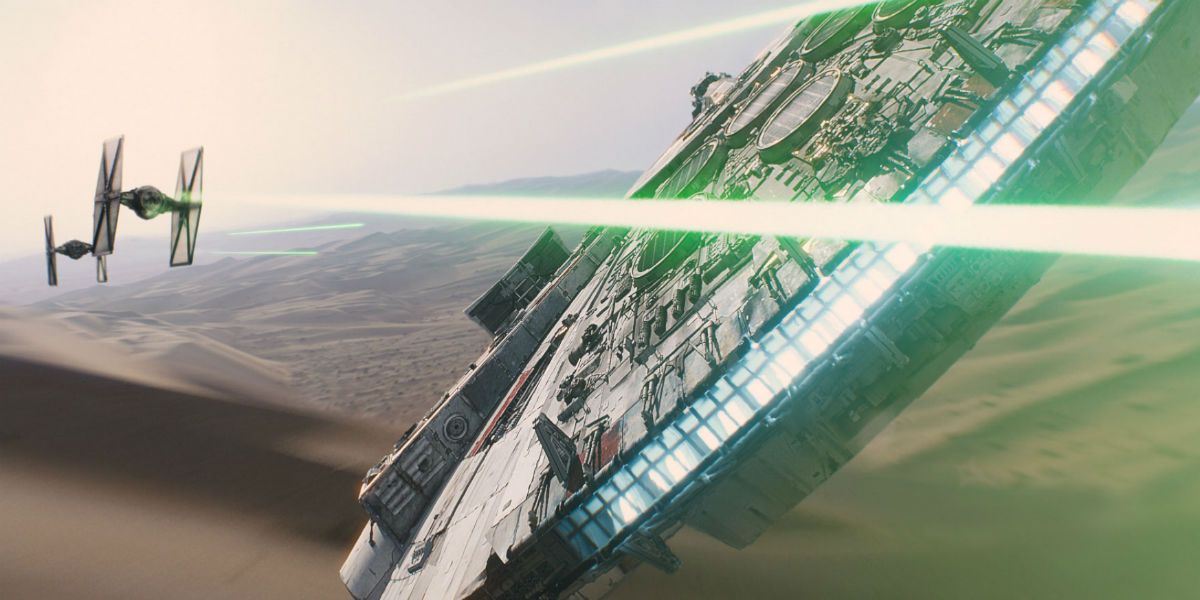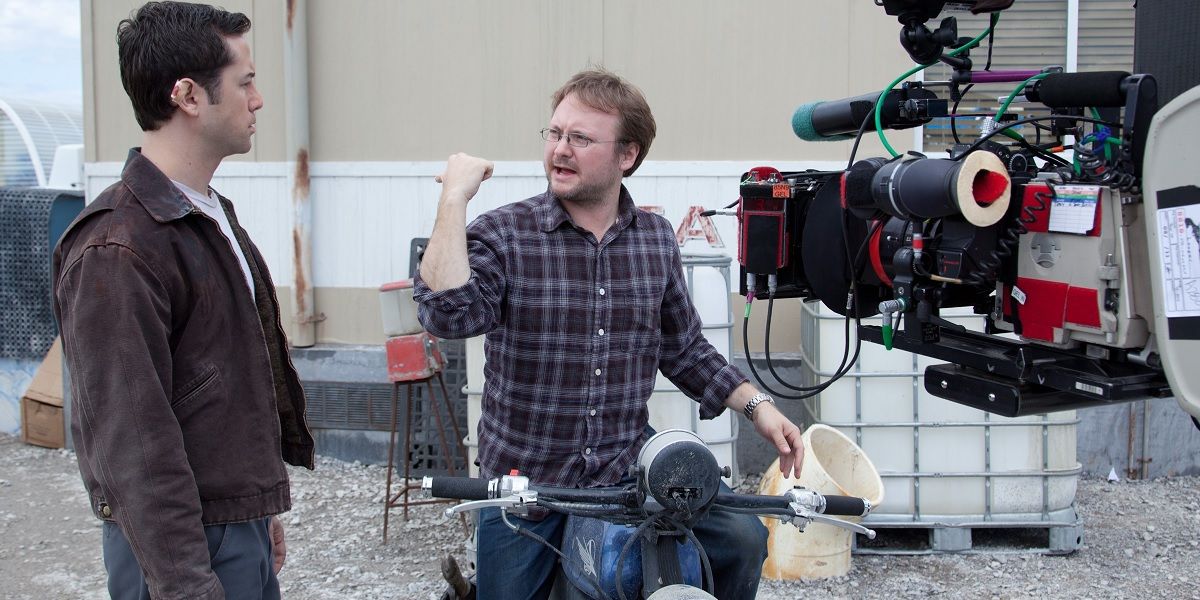Nowadays, old is the new new. Especially in the entertainment industry, rebooting fallen or forgotten shows and franchises has become as common, if not more common, as developing original projects. And it's easy to understand why, considering the fact that reboots carry with them an indelible nostalgia and an established fan base; we've seen this time and time again with successful (re)launches like Batman Begins, Rise of the Planet of the Apes, and Star Trek.
Arguably one of the most anticipated franchise re-awakenings of all time is J.J. Abrams' Star Wars: The Force Awakens. Much of the praise for Abrams' forthcoming intergalactic venture has stemmed from the film's respect and appreciation for the original trilogy's machine aesthetic. The world originally established by Star Wars is war-torn, muted and antiquated, and the newest trailers - specifically the second one - perfectly recapture this quality. It is partly for this reason that Han Solo's declaration at the end of the second teaser - "Chewy, we're home" - packs such an emotional punch; it really does feel and look like home.
One of the ways J.J. Abrams has so successfully managed to recreate the visual aesthetic of the first Star Wars episodes is by shooting on film. Sure, George Lucas shot Episode I - The Phantom Menace on film as well; but that installment, along with the digitally captured Episodes II & III, relied heavily on advanced special effects and CGI - elements that fit more in line with a 'shiny and polished' digital sci-fi world. Abrams and Lucasfilm President Kathleen Kennedy have not been shy about their intention to return to more practical effects, on-site locations, and real props in order to endow The Force Awakens with elements of authenticity and tangibility, and that sentiment was also critical in their decision to continue using celluloid. Now it seems director Rian Johnson will continue this approach when he helms Star Wars: Episode VIII, and eventually Episode IX.
Johnson recently revealed this while responding to a fan on Twitter, confirming that Star Wars: Episode VIII will also shoot on 35 mm film.
@LaRabiaCompany I really wanted to, but for some specific logistical reasons we're sticking with 35.— Rian Johnson (@rianjohnson) June 10, 2015
With 35 mm film becoming more and more obsolete in the digital age, movies that use it benefit from its boutique, nostalgic visual quality, thus gaining a subtle yet distinct look. Johnson's desire to stick with film most likely stems from his negative attitude toward CGI-overkill and digitally-dependent movies.
A few months back he was a guest on the Girls in Hoodies podcast, speaking not only about his enthusiasm for all the non-digital effects work that went into the making of Episode VII, but also about the digital burnout building among current audiences.
"I think people are coming back around to [practical effects]. It feels like there is sort of that gravity pulling us back toward it. I think that more and more people are hitting kind of a critical mass in terms of the CG-driven action scene lending itself to a very specific type of action scene, where physics go out the window and it becomes so big so quick."
Indeed, we saw this with Mad Max: Fury Road. George Miller's surprise hit has been praised for its use of practical effects, which were achieved by having the actors actually ride into the desert with other actors actually dangling off of poles. Even David Ayer's Suicide Squad - a superhero film no less - will reduce its reliance upon computerization. And while neither production shot on celluloid, they still reflect the same attitude of Abrams and Johnson that old-fashioned is in.
Interestingly, though, while Episodes VII, VIII, and IX will all use film, Star Wars: Rogue One is being shot with the new Arri Alexa 65, a large format digital camera. Considering Rogue One will serve as a standalone entry into the Star Wars universe, this could lend the film its own unique look and help set it apart from the central franchise. Time will tell if the other planned anthology films also lean digital, or revert to film.
Star Wars: The Force Awakens hits theaters December 18, 2015; Star Wars: Rogue One on December 16, 2016; and Star Wars: Episode VIII (subtitle TBD) on May 26th, 2017.
Source: Rian Johnson (via BirthMoviesDeath.com)


